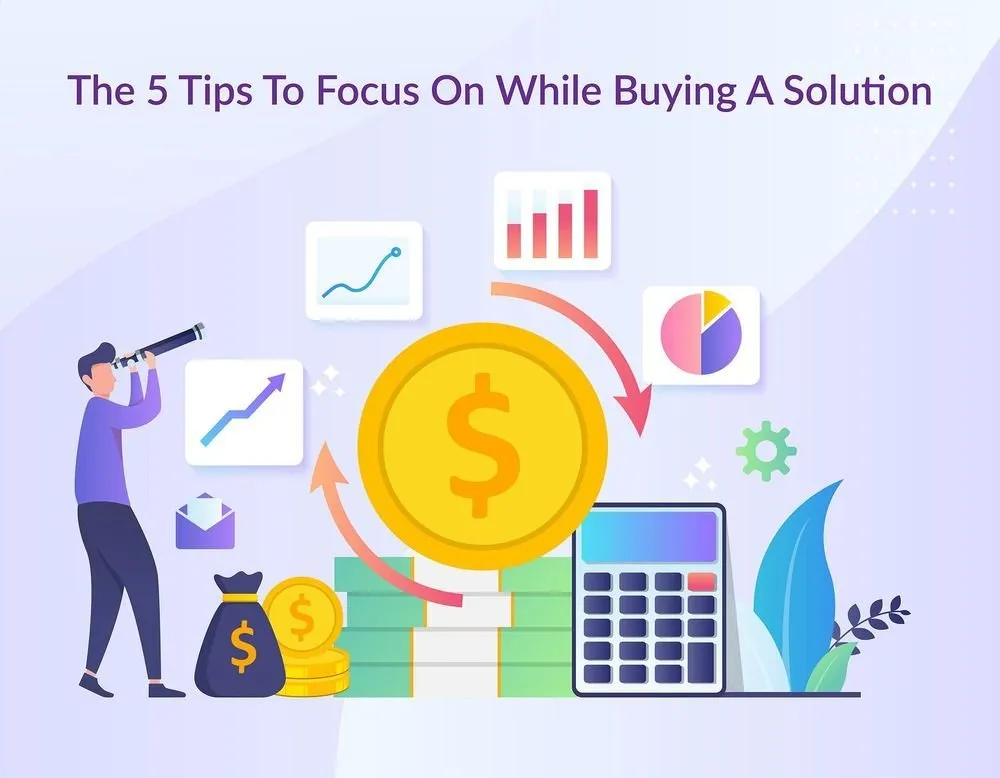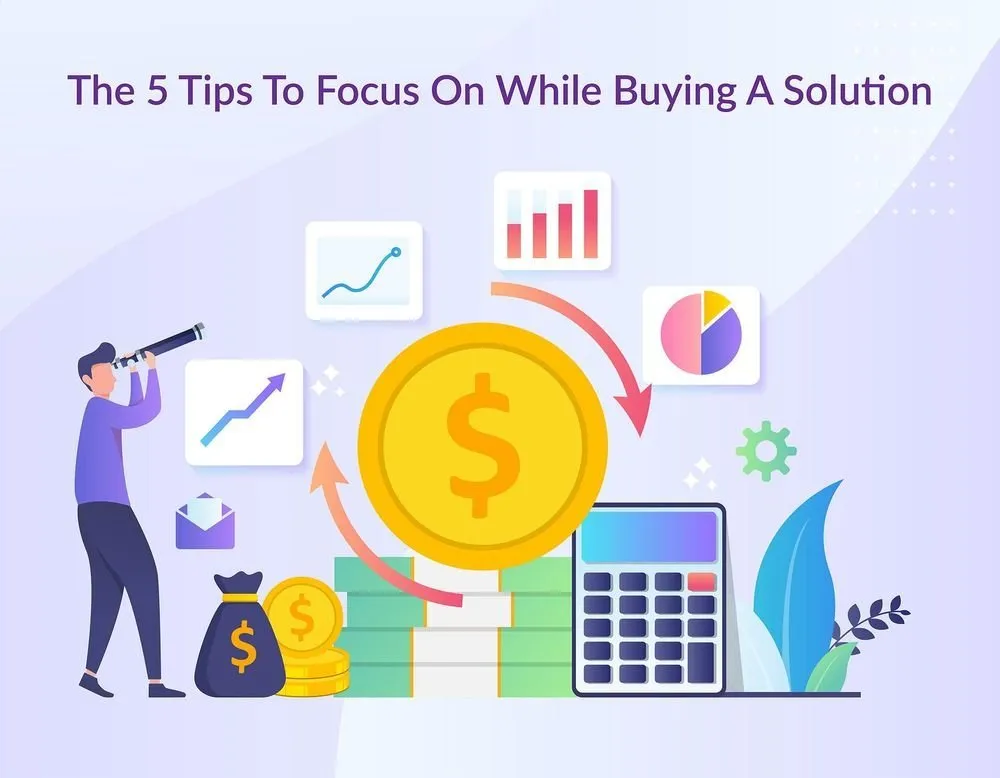The Ultimate Guide to your Sales Team's Performance
- Sumeet Shah
- Jul 18, 2022
- 4 min read
- Last updated on Jun 10, 2024
The Importance of Accurately Measuring Sales Performance
The best indicator for consistently managing and delivering on your objectives is to measure and track your team's continuous performance. You can't risk losing sight of the jungle and just seeing tree branches. You can't expect performance to satisfy your expectations if you base company strategy on intuitions. It's impossible. Managers create strategies to achieve their objectives, but what are these judgments based on? They're almost always based on perception. This is why it's a horrible idea. Decisions made on instinct and what leadership believes will occur are not backed up by evidence. You must strategically combine sales data with expertise to make well-informed judgments and build correct strategies.
A solid system for measuring sales success will allow for more effective resource allocation and, more crucially, will improve the system's perceived fairness, which will favorably enhance motivation and performance. So, what metrics are required to measure sales performance objectively? Here are four indicators to monitor to guarantee you measure, track, and report on the success of your sales staff.
Thoroughly Measure Sales Performance with these Metrics
1. Opportunity Win Rate
The win rate is the percentage of opportunities that result in concluded sales. The sales win rate is the proportion of final-stage leads that closed and became clients divided by the total number of prospects in the pipeline. Businesses use a win rate to assess which time periods, sales agents, and win/loss reasons create the highest possibility of a prospect becoming a client. You aren't only attempting to discover bad sales performance by measuring it. You should also look for areas where people are successful and share those strategies with the rest of your company. Calculating, documenting, and tracking your win rates is the best method to ensure that you're improving your win rate over time.
2. Average Deal Size
The average size of your deals is your average deal size. It is calculated by dividing total revenue for a certain time, such as a month, quarter, or year, by the number of locked deals for that division. The division might be a new, current, or entire business, depending on which makes the most sense for your organization to implement. To get the Average Deal Size, divide the total money earned from clients' orders by the number of transactions done over a certain time period. For example, if you concluded three sales of $300, $600, and $1000 in the previous month, your Average Deal Size is $950.
Growing total sales income by increasing average deal size is a successful strategy. Increasing your average deal size isn't tough, but it's also not straightforward. It's critical that you don't get excessive and raise your pricing just for the sake of it. In reality, an excessively high price is frequently a sales obstacle. When you track the average deal size over time, you can see when and how much your sales targets should be adjusted. This educates companies when it's time to focus on lead creation and develop new sales strategies.
3. Lead Response Time
Lead Response Time is the average time a sales representative takes to follow up with a lead once they self-identify as a lead. This is more useful if you compute the average time it takes to follow up on a lead segregated by lead source because the warmer the lead, the more crucial it is to follow up immediately. Lead response time is critical since leads generated through your external promotional tools have already cost you a fortune.
When implementing your internal lead generation plan, it's critical to pay attention to lead response time because the majority of them are potential prospects and customers. The lead response time assists the organization in providing a better customer experience. The level of aggravation clients feel while waiting for a representative to reply is minimized when leads are responded to in less than 5 minutes. Calculating lead response time is simple. All you need are three pieces of information. The time your leads contacted you, as well as the time your staff spoke to them and the overall number of leads. These will be used to figure out how long it took you to report to that specific lead. Calculate the average lead response time by adding all of the lead response timings you've gotten and dividing it by the number of contacts or leads.
4. Sales Productivity
Along with the above metrics, sales productivity is another metric through which we can measure sales performance. The link between a salesperson's efficiency (inputs) and effectiveness (outputs) is known as sales productivity (outputs). Rep efficiency and effectiveness are enhanced to increase productivity. Simply put, you want to increase production while minimizing inputs like time, money, and effort. Sales productivity is a key factor for any sales or sales enablement leader trying to boost their team's revenue-generating skills.
Highly productive representatives complete more transactions. You can figure out why salespeople are having trouble and take steps to aid them with data-driven insights. Efficiency, effectiveness, and performance are the three types of sales measures that are connected to productivity. All three of these will provide you with a complete picture of how salespeople use their time and whether or not those activities are truly generating income. A rep survey, qualitative interviews, or analytics inside your sales enablement and CRM platforms may all be used to gather productivity statistics.
The Most Effective Methods for Recognizing and Rewarding Sales Performance
1. Bring Clarity to Pay/Growth for Performance
Don't just say but live by it. Lay down clear growth guidelines. People want to grow, and promotions are among the best tactics for acknowledging and rewarding top performers. People today are more interested in their own success. It helps to double their drive when they discover they're progressing in their company and taking on bigger new roles. The growth of a person's position inspires them far more than any financial incentive.
Promotions have a long-term impact on high-performing employees. Companies value top achievers, and respecting them can foster unwavering loyalty and devotion. However, it's for you to bridge that gap between salespeople and the organization by being clear of "what" after the "how" is executed by the salesperson. It enhances employee retention, raises morale, and reduces regularly repeated hiring expenditures.
2. Select the Appropriate Sales Reward Structure
The framework through which your agents get these incentives is almost as significant as the sales incentives themselves. Using a simple, easy-to-understand format and guideline set can assist your salespeople in attaining targets that are in line with your overall business plan. It matters how you distribute incentives. Spontaneous rewards and gamified incentives are two approaches that have shown the most potential.
3. Recognize Employee Accomplishments
All beings yearn for acknowledgment and praise for their efforts. Employees are happy to know their efforts are being noticed and discussed. You may achieve this by posting your employees' performance on a scoreboard and periodically sharing it with everyone. This motivates even the lowest scores to work toward their objectives and compete with the top scorers. On the other hand, high scorers will compete against one another to establish their worth as valuable employees. Even a tiny acknowledgment makes people feel appreciated in the business, self-motivated to work hard and stay goal-oriented. Recognition of an employee's effort in public, especially in front of their peers, improves their morale dramatically.
4. Reward Your Team with Trophies and/or Titles
It's critical to create a reward system for your reps as well as accomplishment badges. Giving your representatives a trophy or any other reward/symbol that recognizes their hard work and accomplishment will automatically motivate them to do their jobs more effectively. As a result, businesses should begin recognizing employees with titles such as employee of the month, exciting treats or presents, and the publication of their photos and brief summaries in newsletters. Creating a hall of fame for previous top achievers in the company will drive the current employees to perform well. Keep track of what works well for each person on your team. This makes your salespeople pleased and leads to positive behavioral changes.
Conclusion
In conclusion, accurately measuring sales performance is indispensable for achieving organizational objectives. Utilizing metrics such as Opportunity Win Rate, Average Deal Size, Lead Response Time, and Sales Productivity ensures effective tracking and improvement strategies. Furthermore, recognizing and rewarding sales performance through clear growth guidelines, appropriate reward structures, acknowledging accomplishments, and tangible rewards fosters motivation and boosts team morale.





